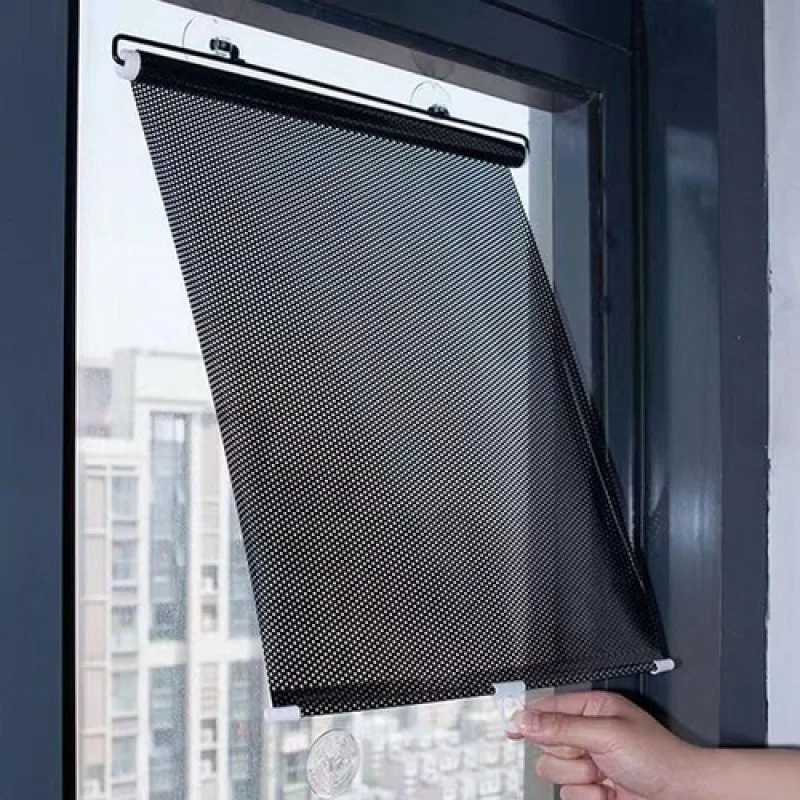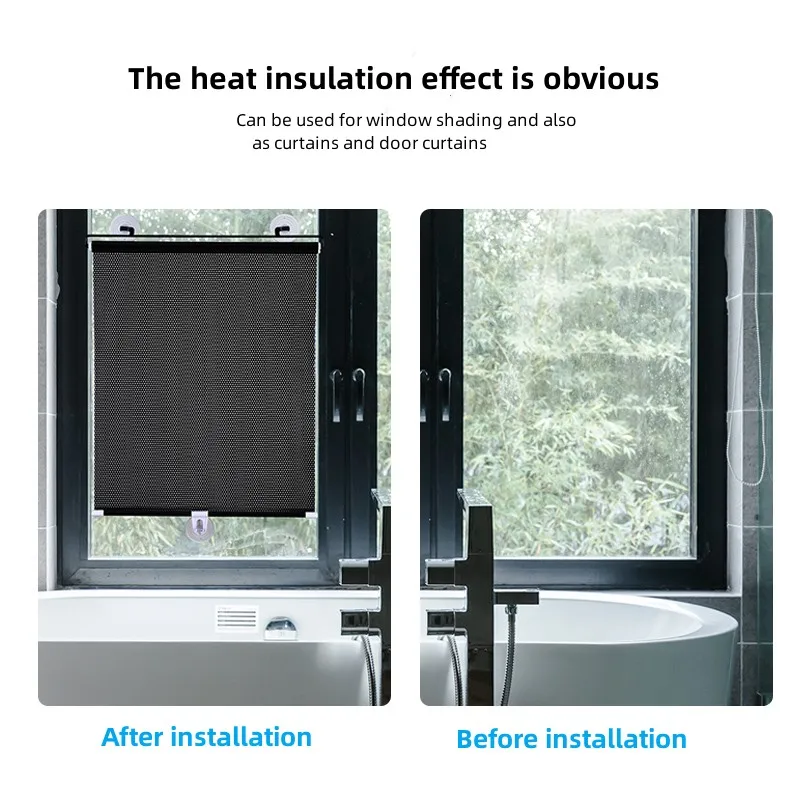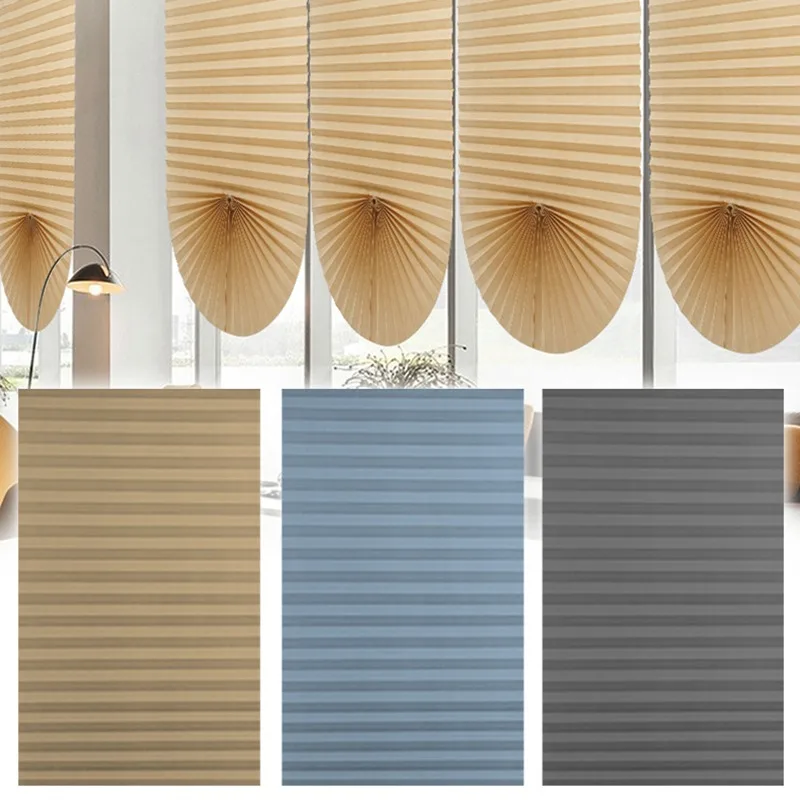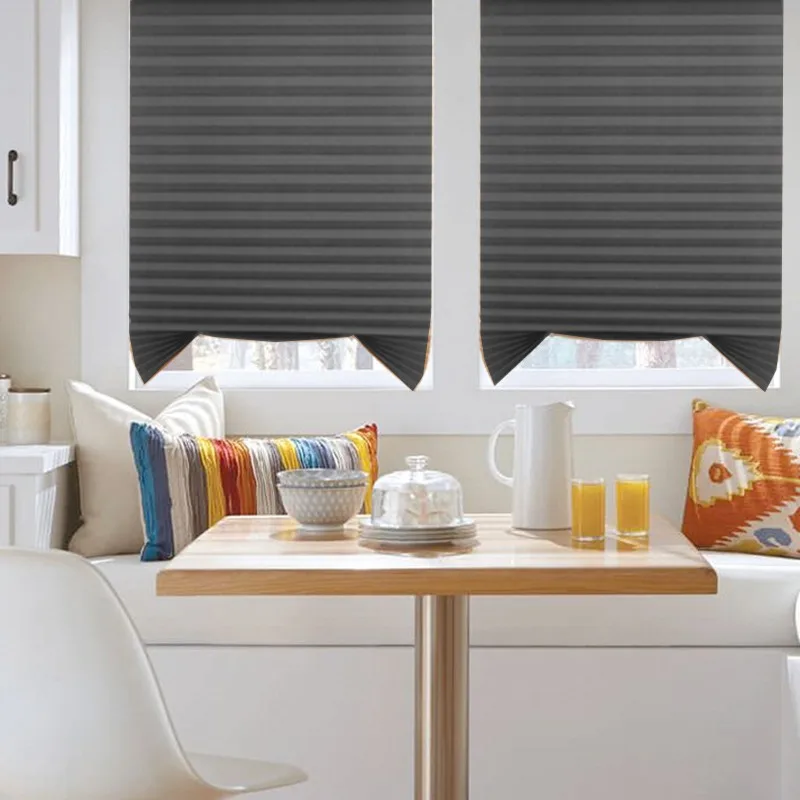Introduction to Blind Repairs at Home
Blinds are a popular and practical window treatment option, enhancing privacy and controlling light while adding a touch of style to any room. Over time, however, daily use can lead to various issues, ranging from broken slats to malfunctioning mechanisms. Instead of immediately replacing your blinds, consider DIY repairs as a cost-effective and satisfying solution. This comprehensive guide walks you through fixing common blind problems, empowering you with the skills and knowledge for a successful repair.
Tools and Materials You Will Need
Before diving into repairs, gather the following tools and materials, which are generally useful for most blind fixes:
- Screwdriver set (both Phillips and flathead)
- Pliers
- Needle-nose pliers
- Hammer
- Glue suitable for the blind material (e.g., super glue for plastic, wood glue for wooden blinds)
- Replacement cord or chain (if needed)
- Slat repair clips or replacement slats
- Safety glasses
- Measuring tape
- Scissors or wire cutters
Fixing Broken or Sagging Slats
Identifying the Issue
Sagging or broken slats are a common problem, often caused by wear and tear or accidental impact. The first step is to identify whether the slat is merely bent or completely broken.
Repairing Bent Slats
For bent vinyl or aluminum slats, gently heat the affected area with a hairdryer on a low setting. Once warm, use your hands or pliers to reshape the slat carefully. Allow it to cool and set in its corrected position.
Replacing Broken Slats
If a slat is beyond repair, measure its width and length to find a matching replacement. Many manufacturers sell individual slats for this purpose. Remove the broken slat by unclipping it from the ladder strings or brackets. Insert the new slat, securing it in place with any original clips or brackets.

Tackling Twisted or Misaligned Slats
Realignment Process
Twisted or misaligned slats disrupt the uniform appearance of your blinds. To realign, first, lower the blinds fully and ensure they are unlocked. Gently guide each slat back into position using your fingers or a soft cloth to avoid damage. For persistent twists, use needle-nose pliers to manipulate the ladder string loops that hold the slats, adjusting them as necessary.
Cord and Chain Issues
Re-stringing Blinds
When lift cords or tilt chains break, blinds become inoperable. Begin by removing the blind from the mounting brackets and laying it flat. Untie or cut the old cord/chain and use it as a guide to measure the new one, adding a few extra inches for knotting. Thread the new cord through the pulley system, following the path of the old cord. Secure with knots as per the original setup and trim excess cord.
Adjusting Tilt Mechanisms
If the tilt mechanism is stuck or not functioning correctly, inspect for tangled or damaged cords. Untangle gently or replace the cord as described above. Sometimes, a simple lubrication of the tilt mechanism with a light machine oil can resolve the issue.
Fixing Worn or Damaged Valances
Valance Repair or Replacement
Valances cover the headrail, providing a clean finish. If damaged, assess whether it can be repaired with glue or screws. For severe damage, consider replacing the valance. Measure the width of the headrail and purchase a matching valance. Remove the old valance and attach the new one using the provided hardware.
Maintenance Tips to Extend Blind Life
Regular Cleaning
Dust accumulation can cause blinds to malfunction over time. Regular vacuuming with a brush attachment or gentle wiping with a microfiber cloth can keep them functioning smoothly.
Handling with Care
Avoid excessive force when operating blinds, as this can lead to bending or breaking slats. Teach children and pets to handle them gently.
Preventive Measures
Consider installing blinds with cordless options or safety tassels to avoid potential hazards and reduce wear on cords.
Advanced Techniques for Complex Blind Repairs
Understanding Electrical Issues
Motorized blinds bring convenience and smart home integration but can present unique challenges when they malfunction. Start by checking the power source—ensuring batteries are fresh or the power outlet is functional. If the issue persists, it could be a faulty motor or electronic control board requiring specialized repair or replacement.
Programming and Connectivity
Sometimes, the problem isn’t mechanical but rather in the programming or connectivity. Consult the user manual to reprogram or reset the blinds according to the manufacturer’s instructions. For smart blinds, check Bluetooth or Wi-Fi connections, and update firmware if available.
Repairing Wooden Blinds
Restoring Finish and Addressing Warping
Wooden blinds add warmth and elegance but can warp or lose their finish over time. To restore the finish, gently sand the affected area with fine-grit sandpaper, then apply a matching wood stain followed by a protective coat of varnish or wax. Severe warping may require slat replacement.
Strengthening Joints
Loose joints in wooden blinds can be reinforced using wood glue. Apply a small amount to the joint, clamp it tightly, and allow it to dry overnight. For recurring issues, consider reinforcing with small nails or screws from the backside for added stability.

Special Considerations for Fabric Blinds
Cleaning Stains and Odors
Fabric blinds can accumulate stains and odors over time. Spot clean with a mild detergent solution, taking care not to saturate the fabric. For persistent odors, use a fabric refresher spray or consider professional cleaning to avoid damage.
Repairing Tears and Fading
Minor tears can be mended using a fabric patch and a clear-drying fabric adhesive. Align the patch on the underside of the blind, adhere, and trim excess material. Faded fabric may not be repairable, suggesting it’s time to replace the blind or consider using a decorative valance to hide the fading.
Innovative Solutions for Recurring Problems
Childproofing and Pet-friendly Adjustments
Frequent damage from curious children or pets can be mitigated by implementing child-safe and pet-friendly modifications. Install cord cleats to keep cords tidy and out of reach, or upgrade to cordless or motorized options. For pet owners, consider blinds with durable materials or position furniture to discourage access.
Upcycling and Creative Repurposing
Before discarding irreparably damaged blinds, consider creative repurposing projects. Old slats can be transformed into unique wall art, garden markers, or even DIY room dividers, breathing new life into discarded items.
The Importance of Professional Consultation
While DIY repairs are empowering and cost-effective, there are instances when consulting a professional is advisable. Complex electrical issues in motorized blinds or extensive damage to custom-made blinds are examples where expert assessment and repair can save time, money, and ensure a safe, long-lasting solution.
Final Thoughts: Expanding Your DIY Repertoire
Embracing advanced blind repair techniques not only enriches your DIY skillset but also fosters a deeper appreciation for the functionality and aesthetics of your window treatments. Whether restoring the charm of wooden blinds, troubleshooting smart technology, or creatively repurposing worn-out pieces, each repair project is an opportunity for innovation and personal satisfaction. As you continue to refine your skills, remember that balance between DIY ingenuity and knowing when to seek professional assistance is key to achieving the best results for your home.

Conclusion: Empowering Yourself with DIY Blind Repair Skills
By tackling common blind issues yourself, you not only save money but also gain a sense of accomplishment and self-sufficiency. With this comprehensive guide, you now have the know-how to address problems ranging from twisted slats to broken cords. Remember, patience and attention to detail are key in achieving a professional-looking repair. Should a problem seem too complex, don’t hesitate to consult a professional, but for many common issues, DIY盲 repair is a rewarding and practical solution.








